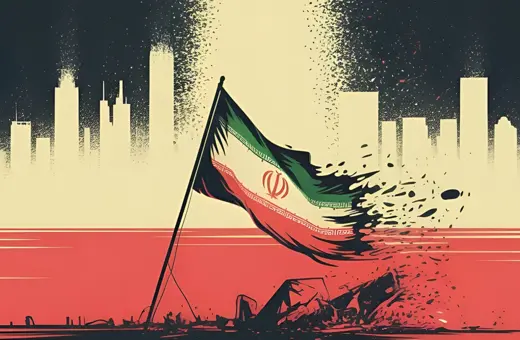Designed by the rich for the rich, the national and international rules of our world are stacked against the poor, and they are falling ever farther behind. Our politicians keep telling us that the Millennium Development Goals (MDGs) are the greatest concerted effort against poverty in the history of humankind and have lifted hundreds of millions of people out of poverty. The truth is far less inspiring. Instead of taking pride in slight improvements, we should be ashamed of the massive persistence of severe poverty that is today so easily avoidable through small reductions in global inequality. The richest 1% of humanity now own 48.2% of global private wealth; the poorer half own just 0.7%, as much as the world’s 66 richest billionaires.
According to the World Bank, the success of the MDGs occurred mainly in China, where the number of those living on less per day than $2.50 could buy in the US in 2005 fell by 615 million even while it rose by 282 million in the rest of the world between 1990 and 2010. Moreover, the poorest 30% of humanity did far worse than they would have done if they had merely participated proportionately in global economic growth: their share of global household income fell from 1.52% in 1988 to 1.25% in 2008, while the share of the richest 5% increased from 42.9% to 45.8%.
The MDG top-line goal, to halve poverty by 2015, first came to prominence at the 1996 World Food Summit in Rome. At that time, the UN Food and Agriculture Organization (FAO) officially estimated the number of chronically undernourished people at 788 million, and the 186 assembled governments promised to reduce this number to 394 million by 2015.
Finding that this number had actually increased to 833 million by the year 2000, governments agreed to dilute the goal in their Millennium Declaration, promising to halve not the number of undernourished people but their proportion. Because the human population has increased by about 20% between 2000 and 2015, a 40%-reduction in the number of poor and undernourished is thereby deemed sufficient for success. This reformulation of the promise raised to 500 million the permissible number of undernourished people in 2015.
After its adoption by the UN General Assembly, the goals listed in the Millennium Declaration were diluted once more. A small group of UN bureaucrats formulated the first MDG so that it relates the number of poor and undernourished not to the world’s population but to the faster-growing population of the developing countries. They also back-dated the beginning of the MDG period from the year 2000 (when the Millennium Declaration was adopted) to a new base year of 1990. This back-dating further diluted the ambition in two ways. Firstly, it magnified the impact of population growth in the denominator. If the 2015 population of the developing countries grows to 146% of what it was in 1990, then a 27% reduction in the number of poor and undernourished (to 73% of their 1990 number) suffices to achieve the promise “halving”. Secondly, the back-dating also made it possible to count China’s remarkable poverty reduction during the 1990s toward the success of the MDGs – even though these goals were not formulated until 2000. By means of these clever cosmetics, the permissible number of chronically undernourished people in the year 2015 was raised once more: to 611 million.





















Join the conversation